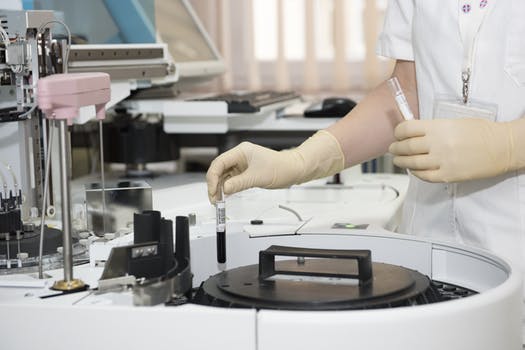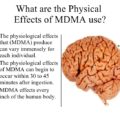Substance Abuse Testing, also known as drug screening involves the use of specialized techniques, kits, machines and procedures for the detection of one or more illegal and/or prescribed substances in the urine, blood, saliva, hair, or sweat.
Drug abuse screening usually involves an initial screening test followed by a second test that identifies and/or confirms the presence of a drug or drugs. In general, testing detects substances not usually found in the human body, with the exception of certain hormones and steroids measured as part of sports testing.
What Does 45105n Sap 5 50 MDMA 6AM T Stand For?
This is an enzyme multiplied immunoassay technique (EMIT), a common method for qualitative and quantitative determination of therapeutic and recreational drugs and certain proteins in serum and urine. It is the most common type of drug screening. This code stands for a set of 5 test which seek to detect the presence of the following substances in the body of the person being screened. 5 Stands for these panel set of five test:
- Marijuana
- Opiates
- Amphetamines
- Phencyclidine or Angel dust
- Cocaine
50 in these code stands for?
This testing procedure adopts the use of a GC/MS test and the threshold is 50 ng/ml. This is what the 50 stands for in the name. The cutoff limits are set in accordance with Mandatory Guidelines for Federal Workplace Drug Testing Programs that were developed by SAMHSA (The Substance Abuse and Mental Health Services Administration), a branch of the U.S. Department of Health and Human Services.
SAP In this code stands for?
The SAP stands for substance abuse panel.
MDMA In this code stands for?
This indicates that the test also seeks to detect the presence of 3,4-methylenedioxy-methamphetamine (MDMA), a synthetic psychoactive drug primarily used as a recreational drug.
6AM In this code stands for?
The 6 AM in this code stands for 6-Monoacetylmorphine one of three active metabolites of heroin. However, the T in this code is a closely guarded secret of Quest Diagnostics utilized by the lab to prove the validity of the sample in order to ensure that false samples are not presented for analysis.





